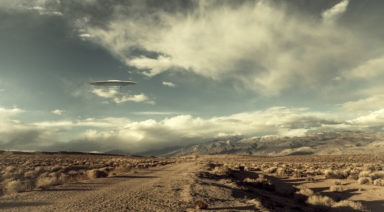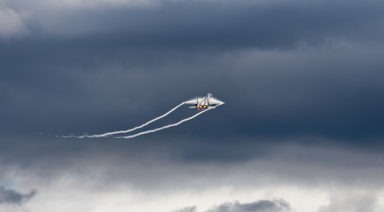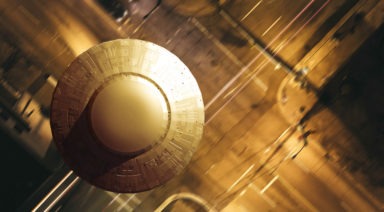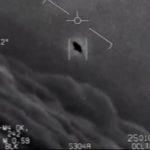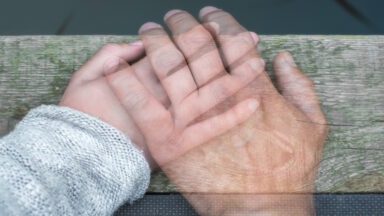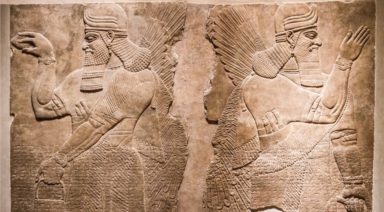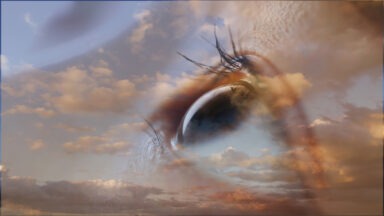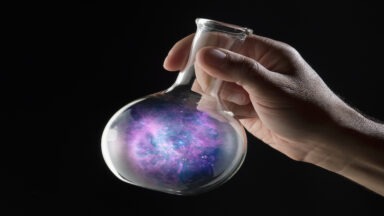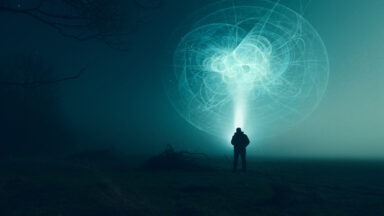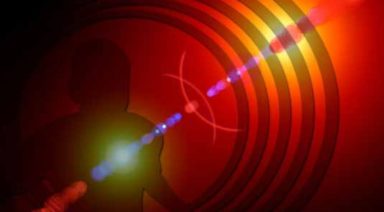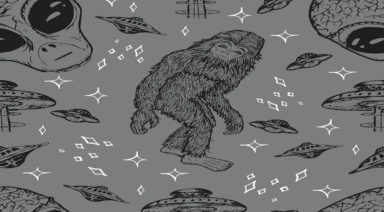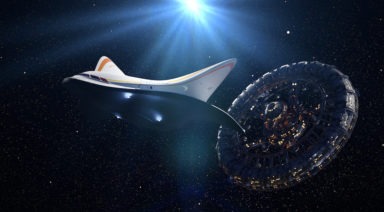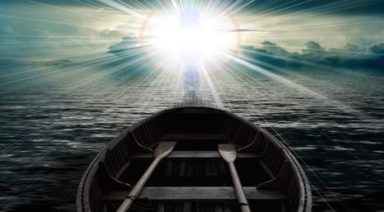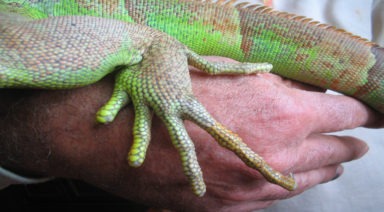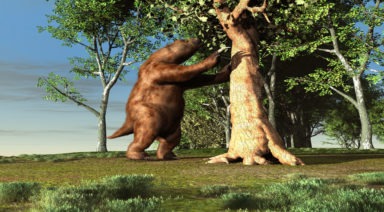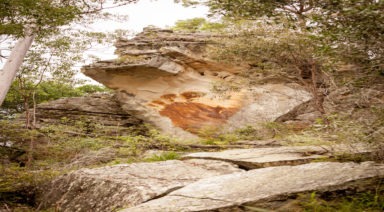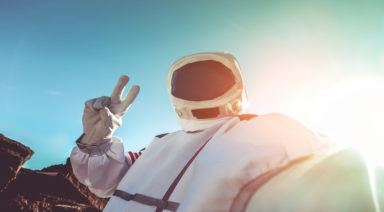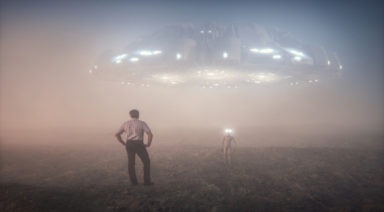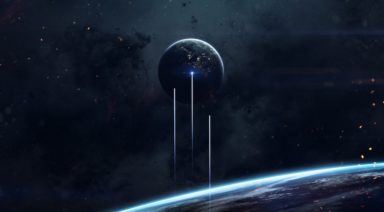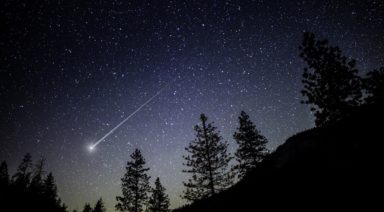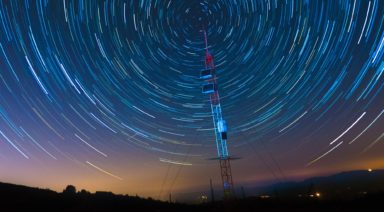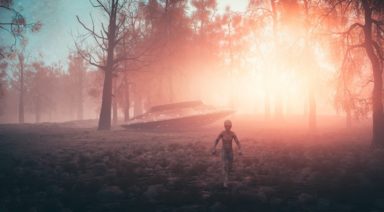Avi Loeb’s Galileo Project to Use Satellites to Scan Earth for UFOs

The search for UFOs usually has us looking out into the depths of space, but what if we flipped it around and looked towards the Earth from space? Can we find UFOs from above?
An attempt to search for UFOs by pointing satellites at Earth; that’s the idea in Harvard professor Avi Loeb’s latest article for The Hill.
Loeb, also the author of “extraterrestrial: The First Sign of Intelligent Life Beyond Earth,” and founder of the Galileo Project, explains,
“We are planning to use satellite data and potentially look at unidentified objects from above. Of course, the advantage of that is we can cover the entire Earth, if we put telescopes on the ground, we need to put a lot of them to cover the same area. The goal is to establish the reality of objects, first of all, from both directions; from above using satellite data, and from below using telescope systems, and one would guide the other. So, if we see regions of activity we can put our telescope systems there. If our telescope systems see something of interest, we can monitor what that thing does from satellite data. So, I think it’s an extremely powerful method of verifying and guiding the inquiry to the nature of unidentified aerial phenomena.
Founded in the summer of 2021, the goal of the Galileo Project is to bring the search for extraterrestrial technological signatures into the mainstream. What is the next step when we find something?
“The Galileo Project has two branches: one is to figure out the nature of any object near Earth. We plan to pursue that by using ground-based telescopes that we build, but also satellite data from Planet Labs, for example.
“The second branch of the Galileo Project is to search for objects that appear weird, like Oumuamua, that does not look like a comet or an asteroid, that enter the solar system from outside. The Vera Rubin Observatory will search for such objects within a year, and we plan to design a space mission to bring a camera close to an object like Oumuamua and take a high-resolution image of it because they say a picture is worth a thousand words.”
Loeb pointed out in his book that if we had a system in place when Oumuamua soared through our solar system in 2017, we would have photos of the object. Now with this plan, we will be ready for the next Oumuamua. But how will humanity react?
“We have no protocol as to how to respond to an object that is so close to us. All the past protocols were designed for a signal that comes from a distant star very far away, and we would have plenty of time to think [about] how to respond to such a signal. But if there is an object next door the question is: What is its intent? What kind of information is it gathering? Who would represent humanity? And what should we do about it? These are questions to which we don’t have answers, and they will have major societal implications. So, as part of the Galileo Project, we are pondering these questions. We don’t have answers, as of yet.”
The Galileo Project is building its first telescope system on the roof of the Harvard College Observatory. It will take some time and lots of funding to realize their vision of hundreds of telescopes around the world, but they hope to find some data soon.
Professor: UFOs, Aliens are Human Anthropologists From Future

In a recent experiment, scientists reversed the arrow of time for a split second, simulating the possibility of time travel using quantum particles called qubits. The experiment was a far cry from achieving time travel anytime in the near future, but if it provides even a modicum of possibility it would support Dr. Michael P. Masters’ theory that UFOs and aliens might just be future anthropologists traveling back in time to study their ancestors — us.
Masters completed his Ph.D. in Anthropology at the Ohio State University and is currently a professor of biological anthropology at Montana Tech. His resume also cites coursework in astrobiology, astronomy, and physics – needless to say, he has some pretty relevant credentials.


